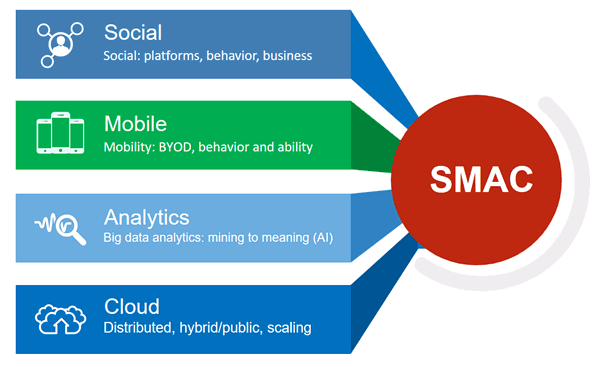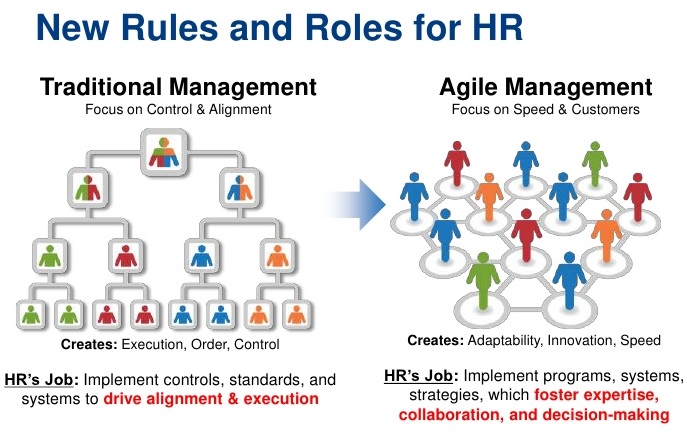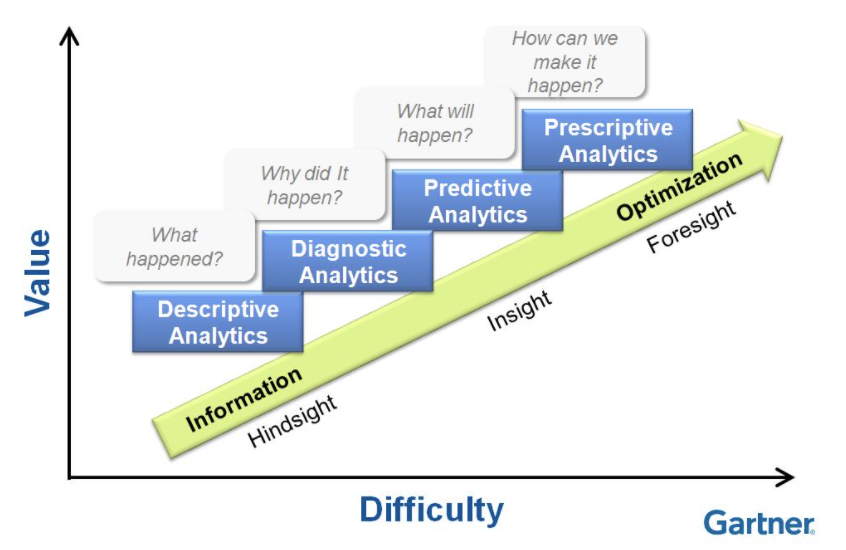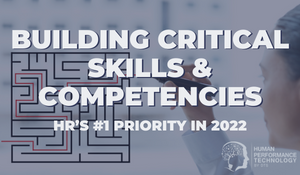9 Popular Terms HR Professionals Must Know
There is little doubt that the role of Human Resources (HR) is evolving massively right now with advancements in technology and digital tools, the transition to hybrid working, and the availability of people analytics.
There are nine popular terms and acronyms in the field of HR that must be acknowledged and understood as part of the field’s ongoing evolution.
1. SMAC
This is an acronym for social, mobile, analytics and cloud. SMAC is an enabler of digital HR. The convergence of these four technologies are driving business innovation. Within the context of HR, SMAC allows HR to quickly analyse vast quantities of data and make predictions about the workforce.
 Image Source: Institute of Management Studies & Research
Image Source: Institute of Management Studies & Research
2. Worktech
Worktech is defined by the technology tools that allow HR professionals to do their job more effectively. WorkTech is the technology and tools that allow employees and HR to work with each other and collaborate more effectively.
3. Metaverse (and Web3)
The concept of the metaverse is a more immersive, social and persistent version of connecting virtually. It will use technologies like virtual reality (VR) and augmented reality (AR). The metaverse can be thought of as the interface through which humans will engage with web3 tools and applications. (Web3 represents the next phase of the internet.) As these technologies are likely to be applied across hybrid and remote work environments, HR professionals will need to understand their applications and implications.
4. Digital HR
Digital HR is distinctly different from traditional HR in that it optimises the human resources processes with technology, specifically SMAC technologies. Digital HR improves the whole HR function as well as the employee experience. Digital HR is a critical component of an organisation’s overall digital transformation.
5. Digital HR Transformation
Digital transformation is the change process that describes the move from traditional HR towards a more digital approach. The change process is based on the Digital HR Strategy. Typical a project team would be established to engage stakeholders, develop a plan, execute the transformation, and achieve the desired outcomes.
6. Agile HR
This term refers to applying Agile practices to the HR function and/or operating model. The reason for doing this is so that HR can be more responsive and adaptive to the changing needs of employees and the organisation. An example of HR’s role in Agile Management is in the illustration below.
 Image Source: Josh Bersin, Principal and Founder of Bersin by Deloitte.
Image Source: Josh Bersin, Principal and Founder of Bersin by Deloitte.
7. Real-time (a.k.a. “In the flow”)
Real-time learning provides the relevant knowledge precisely when it’s required. This means that employees are learning “in the flow of work”, which increases productivity, engagement and retention of the information.
8. LXP and DAP
These acronyms stand for Learning Experience Platforms (LXP) and Digital Adoption Platforms (DAP). Both are top trends in Learning & Development. An LXP allows an organisation to have all of its learning content on-demand and available in any format. Linked to this concept but with a different purpose, DAPs allow you to create learning content in the flow of work - while also providing data analytics to inform leaders of learning gaps and more.
9. People Analytics or HR Analytics
People analytics, or HR analytics, is the application of statistics on people data to help solve business problems. According to Gartner research, there are four types of analytics:
- Descriptive Analytics - What happened?
- Diagnostic Analytics - Why did it happen?
- Predictive Analytics - What will happen?
- Prescriptive Analytics - How can we make it happen?
 Source: Gartner, What Is Data and Analytics?
Source: Gartner, What Is Data and Analytics?
Understanding Human Resources continues to be important particularly as the field evolves. These terms reflect the changing nature of business and the work of Human Resource professionals.

Temre Green, PhD
Head of Consulting Services, Australia & New Zealand. Temre has designed, planned and delivered business strategy and transformation programs that were driven by a range of factors, such as innovation, growth, compliance, regulations, restructures and economic downturns. As an Industrial-Organisational Psychologist, Temre has spent her career dedicated to organisational behaviour and the work environment. She is currently focused on the future of work and multiple areas of organisational development that support organisational growth and health.

.png?width=374&name=Smarter%20Thinking_%20The%20Socratic%20Method%20(9).png)

We Would Like to Hear From You (1 Comment)